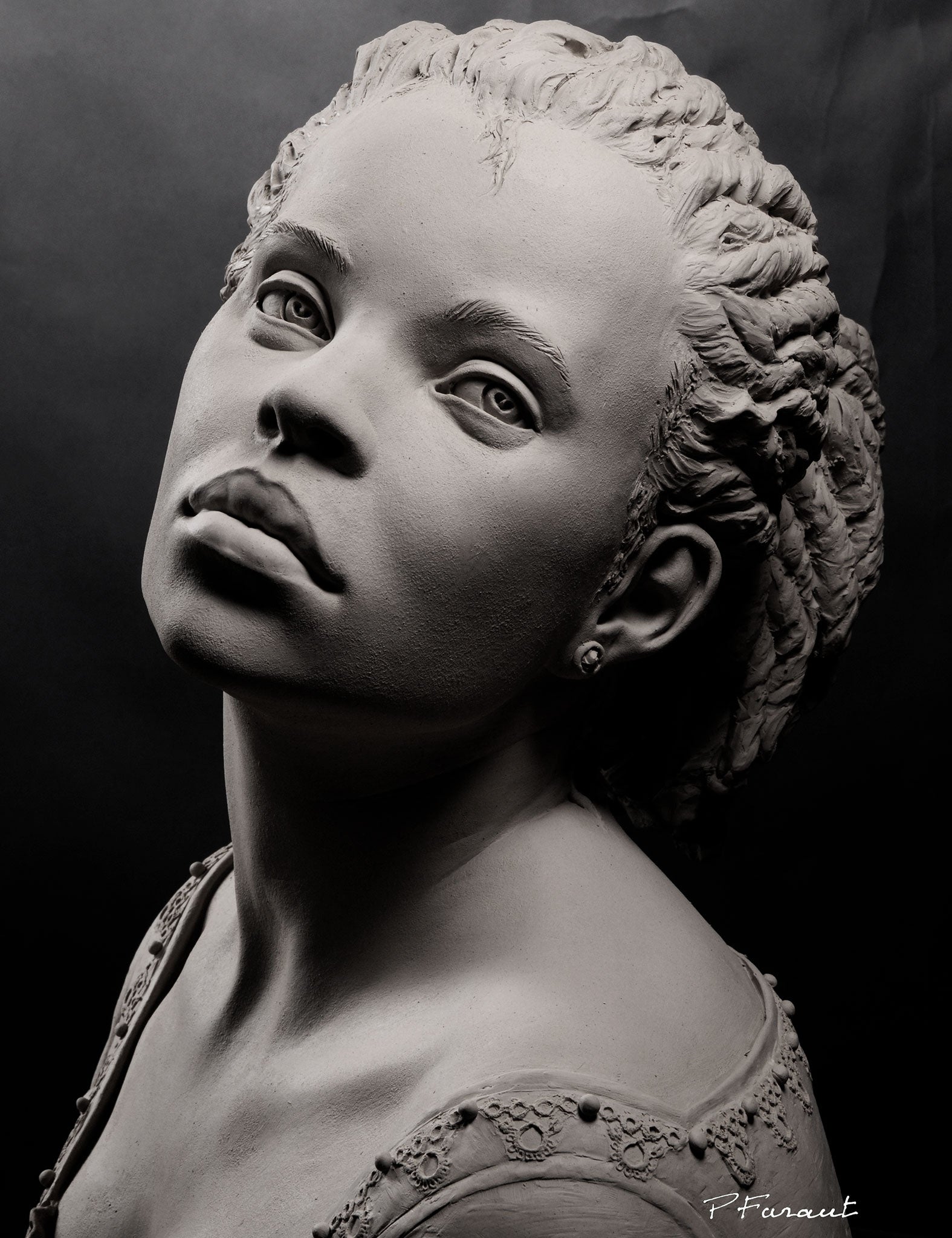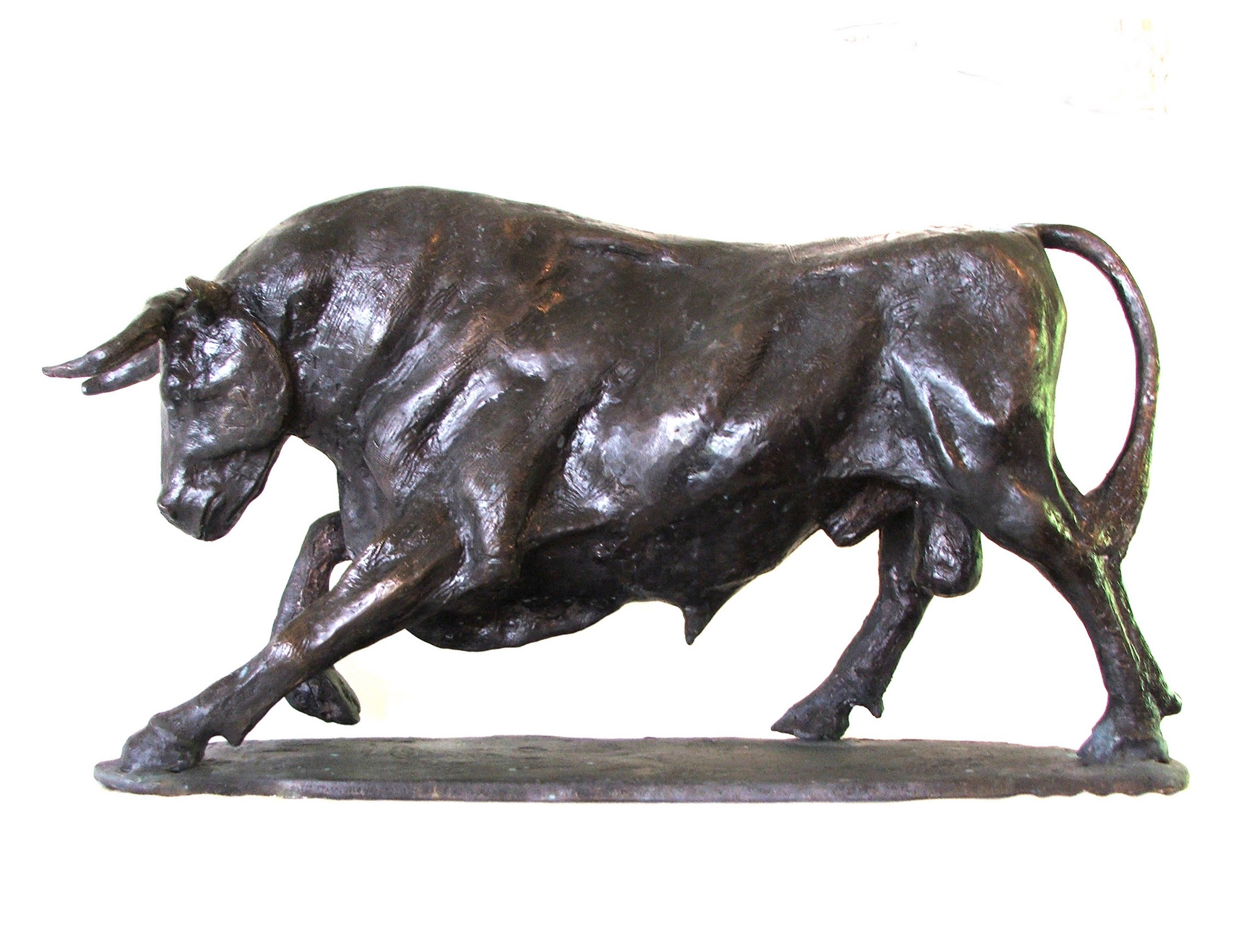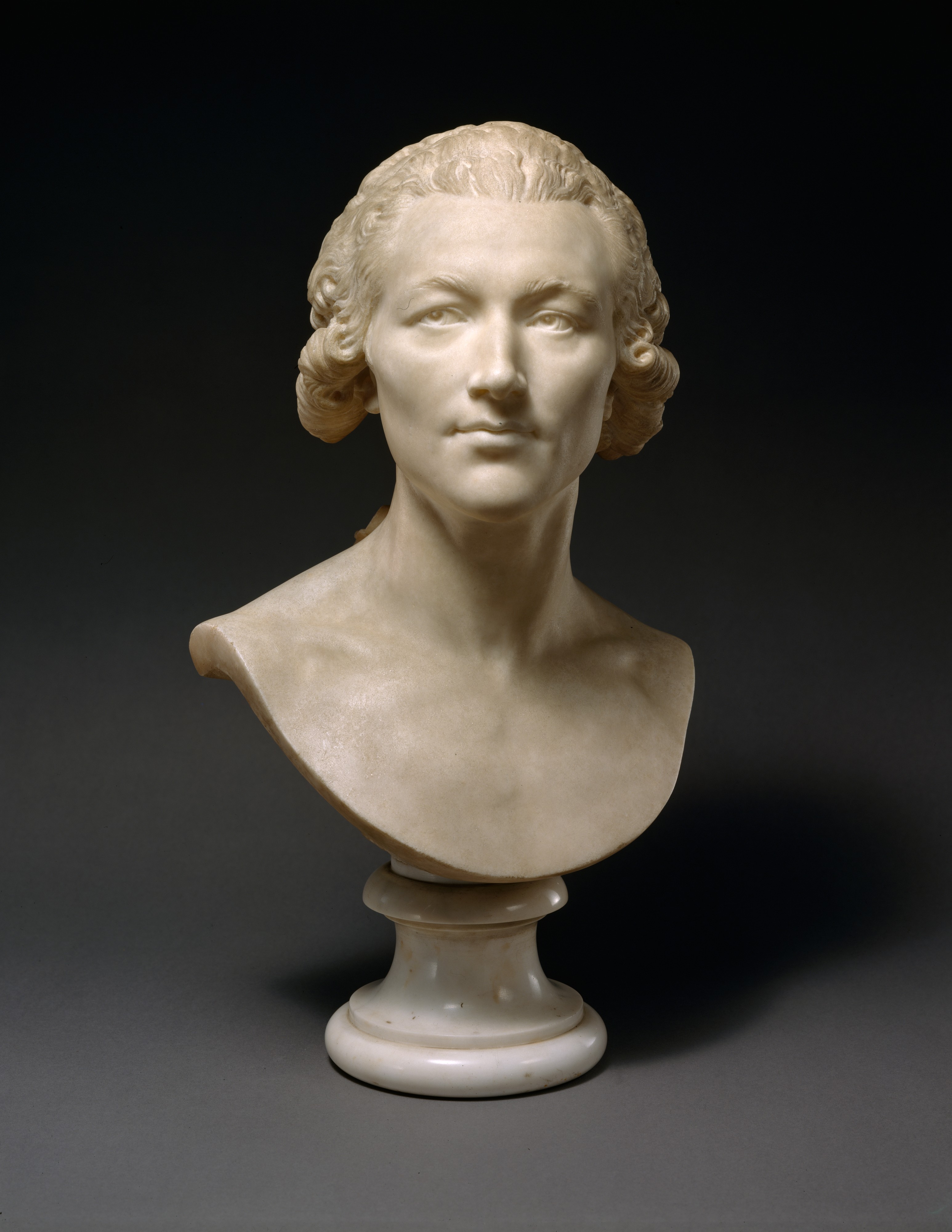The Impact of Nature in Sculpture Art
The influence of nature in sculpture art is a subject that has actually captivated artists throughout background. From ancient civilizations to modern artists, the environment has actually worked as a profound source of inspiration. This influence is evident in the organic kinds and forms that are usually located in sculpture, simulating the curves and contours of nature. Artists likewise check out texture and materials in their job, seeking to recreate the tactile qualities of the all-natural world. Meaning of natural environments is an additional means in which nature influences sculpture, as musicians imbue their productions with the definition and associations integral in these elements. The environment itself, with its landscapes, plants, and fauna, is often mirrored in sculptures, using a link to the globe around us. Inevitably, sculpture art has the power to capture the transience of nature, freezing a moment in time and enabling us to appreciate its appeal .
Organic Types and Forms
Organic forms and forms, motivated by the harmonious structures and complex patterns located in nature, play a critical duty in the world of sculpture art. Sculptors have long been astounded by the beauty and intricacy of the natural globe, finding motivation in the stylish curves of a seashell, the fragile petals of a flower, or the twisting branches of a tree. By imitating and extracting these natural kinds, artists have the ability to produce sculptures that stimulate a feeling of consistency and equilibrium.
One of the reasons organic types and shapes are so prevalent in sculpture art is their capacity to get in touch with audiences on a deep psychological degree. The environment is familiar to us all, and when we see these types stood for in art, it evokes a sense of comfort and recognition. It advises us of our area in the grand plan of things and permits us to get in touch with something more than ourselves.
Furthermore, natural types and shapes in sculpture art usually embody a sense of activity and power. The streaming lines and dynamic make-ups imitate the consistent movement and growth located in nature. This develops a sense of vigor and brings sculptures to life, making them look like if they can continue to evolve and change before our eyes.
Structure and Product Exploration
A considerable facet of sculpture art affected naturally is the expedition of texture and products with using numerous strategies and tools. Musicians often attract inspiration from the varied appearances found in the natural world, such as the harsh bark of a tree, the smooth surface of a pebble, or the elaborate patterns on a leaf. By incorporating these appearances right into their job, carvers can create a responsive experience for customers, welcoming them to involve with the art work on a sensory degree.
Texture can be achieved in sculpture with a range of techniques. Some artists pick to carve or shape directly right into the picked product, developing a three-dimensional surface area that simulates the appearances discovered in nature - Robert C Hitchcock Sculptor.
Product exploration is additionally a significant component of sculpture art influenced by nature. Musicians might venture into undiscovered region, choosing brand-new products that evoke the significance of the environment. They may incorporate natural elements like branches, leaves, or even dirt right into their sculptures, blurring the borders in between art and the environment. By pressing the borders of conventional materials and methods, artists can create conceptually rich and visually spectacular jobs that commemorate the charm and diversity of nature.
Significance of All-natural Elements
The unification of all-natural components in sculpture art adds a layer of symbolism and deepness to the artwork. By making use of materials discovered in nature, sculptors are able to imbue their developments with definition that resonates with viewers on an extensive level. Natural elements such as timber, rock, and plants have actually been utilized throughout background to communicate different symbolic messages.
Sculptures crafted from this material can evoke a feeling of connection to the earth and the cycles of life. Sculptures sculpted from stone can represent the ageless nature of particular concepts or principles.
Plants and flowers are also often integrated into sculpture art, standing for styles of charm, development, and revival. The delicate petals and vibrant shades of blossoms can evoke sensations of happiness, while the linking branches of plants can signify interconnectedness and unity.
Along with these all-natural materials, artists might also make use of natural environments such as water, fire, or wind to further enhance the symbolic message of their art work. These components can stand for the transformative power of nature, the flow of time, or the forces that shape our globe.

Reflections of the Environment
Reflections of the Atmosphere can be seen in sculpture art via the consolidation of natural environments and the representation of ecological styles. Artists frequently attract ideas from the setting, using materials such as wood, stone, and even recycled materials to produce their artworks. By using these natural elements, they not only admire the environment however likewise develop a more powerful connection between the artwork and its environments.
In enhancement to the materials used, sculpture art additionally shows the setting through the portrayal of environmental styles. Many sculptors select to depict animals, plants, or landscapes in their work, highlighting the elegance and frailty of the all-natural globe. These sculptures act as tips of the significance Continue of maintaining our atmosphere and the need for sustainable techniques.

Furthermore, environmental sculptures usually aim to raise understanding about pressing environmental problems. They work as visual depictions of the influence of human activities on the atmosphere, such as climate, deforestation, or air pollution modification. By illustrating these problems in their art work, carvers intend to motivate visitors to do something about it and become extra conscious of their own ecological impact.
Catching the Transience of Nature
Sculpture musicians better explore the influence of nature by masterfully catching the ephemeral and ever-changing aspects of the environment. With their artistry, these artists aim to portray the short lived elegance and transience of nature, evoking a sense of marvel and consideration in visitors.
One way in which sculpture musicians catch the transience of nature is by making use of materials that are themselves based on decay and modification. For instance, musicians might pick to work with natural materials such as fallen leaves, blossoms, or timber, which naturally wear away in time. This purposeful option highlights the impermanence of nature and advises us of the unavoidable cycle of life and fatality.
In addition, sculpture artists often use strategies that produce a sense of motion and fluidness in their work. By integrating streaming lines and dynamic types, they share the ever-changing nature of the environment. This can be seen in sculptures motivated by wind, water, or the development of plants, where the artist looks for to catch the significance of constant activity and change.
Furthermore, some artists select to create short-lived or site-specific installations that interact with the environment. These ephemeral sculptures, made from products such as light, sand, or ice, are deliberately created to slowly transform or vanish in time. By embracing the short-term nature of their creations, artists invite customers to review the short lived beauty of the natural world and the impermanence of human presence.

Conclusion
Finally, nature has a profound influence on sculpture art. Via using organic types and shapes, artists are able to evoke a feeling of all-natural charm and harmony. Appearance and material exploration additionally enhance the connection to nature, as artists typically include natural products into their sculptures. Importance of natural environments includes depth and implying to the artwork, while reflections of the atmosphere capture the significance of nature. Inevitably, sculpture art catches the transience of nature and commemorates its long lasting influence.
Significance of all-natural aspects is one more method in which nature influences sculpture, as artists imbue their developments with the definition and organizations intrinsic in these elements.A considerable element of sculpture art influenced by nature is the exploration of structure and products through the use of various strategies and mediums (Equine Sculptures).Product exploration is also a significant part of sculpture art affected by nature.One way in which sculpture artists record the transience of nature is by using products that are themselves subject to degeneration and modification. Structure and product exploration better enhance the connection to nature, as musicians typically include natural products right into their sculptures